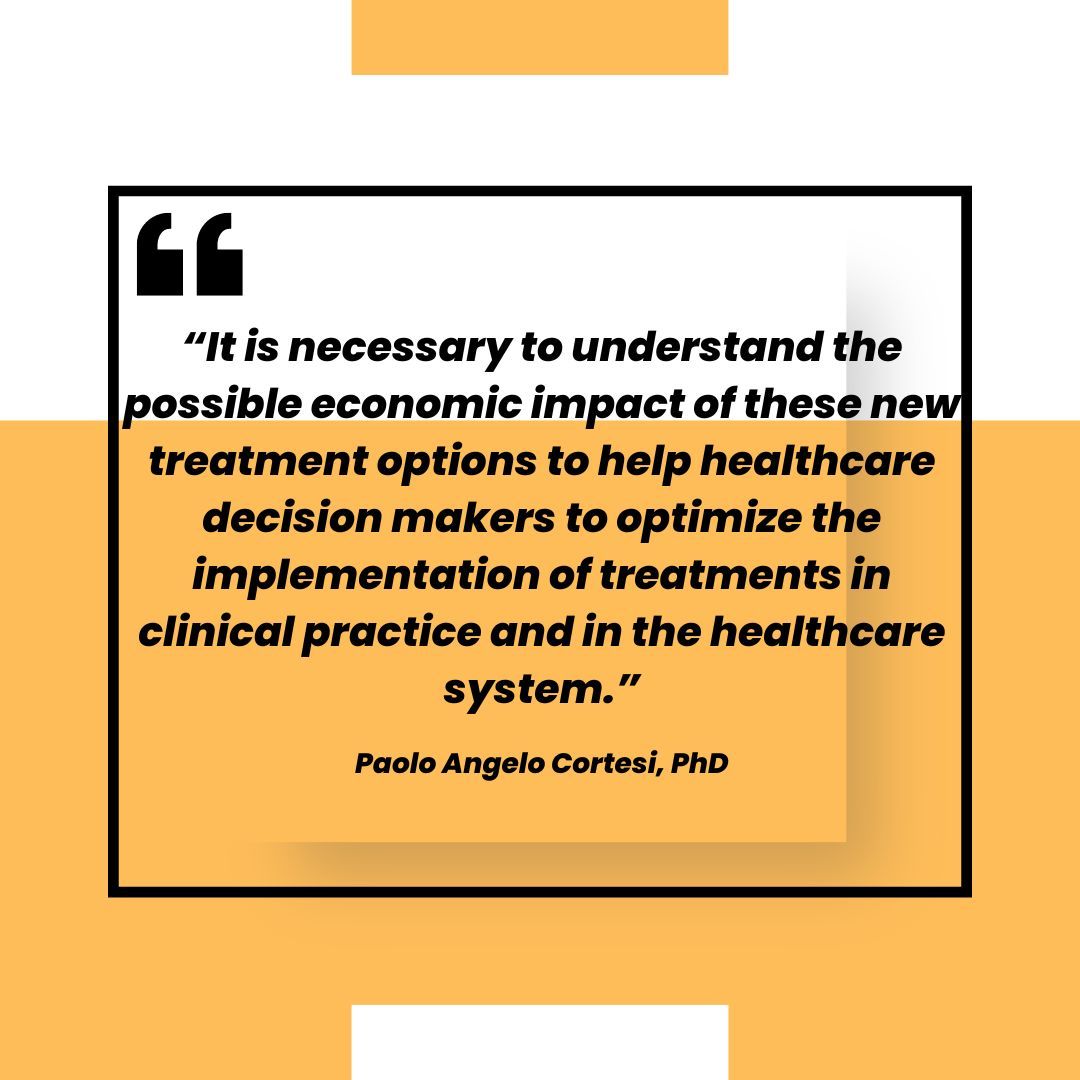Article
Addition of Secukinumab for nr-axSpA did not Impact Healthcare Budget in Italy
Author(s):
No significant budget increase was observed in patients with non-radiographic axial spondyloarthritis (nr-axSpA) receiving secukinumab.
The additional indication of secukinumab for Italian patients with non-radiographic axial spondyloarthritis (nr-axSpA), showed no significant changes in the budget required for the management of this patient population and was viewed as an effective treatment option, according to a budget impact analysis (BIA) published in Springer.1
Paolo Angelo Cortesi, PhD
Image Credit: LinkedIn

Biologics, including tumor necrosis factor (TNF)-α inhibitors, and interleukin (IL)-12, 23, and 17A inhibitors, are currently used to treat patients with a multitude of autoimmune conditions who have inadequate response to conventional treatments, as well as a first-line treatment in some naïve patients.2

“Recently, secukinumab was approved for the treatment of active nr-axSpA in adults who responded inadequately to nonsteroidal anti-inflammatory drugs (NSAIDs) and have objective signs of inflammation indicated by elevated C-reactive protein and/or magnetic resonance imaging evidence,” wrote Paolo Angelo Cortesi, PhD, of the Research Centre on Public Health (CESP) at the University of Milan-Bicocca, Monza, Italy, and a team of Italian investigators. “It is necessary to understand the possible economic impact of these new treatment options to help healthcare decision makers to optimize the implementation of treatments in clinical practice and in the healthcare system.”
The effects of adding the drug in the Italian market from the National Health System (NHS) perspective over 3 years was determined using a cross-indication budget impact model. In addition to nr-axSpA, the model included adult patients with psoriatic arthritis (PsA), psoriasis (PsO), and ankylosing spondylitis (AS) treated with biologics and biosimilars. The model compared costs between secukinumab availability or absence for the 4 diseases, both combined and individually. A sensitivity analysis evaluated the robustness of results.
Based on annual Italian National Institute of Statistics (ISTAT) estimates, 68,121 adult patients were treated with biologics in 2021, which grew slightly to 68,341 in 2023. Of all patients, more than 16,000 were estimated to have received secukinumab treatment per year.
The BIA of all indications resulted in a cost reduction of €33.7 million, leading to a decrease of -1.5%, over 3 years after the introduction of secukinumab. This resulted in an estimated €493.90 per-patient cost savings over the 3-year period.
Patients with PsA reported the highest saving (- €34.9 million), followed by patients with PsO (- €7.8 million). Patients with PsA had an average cost savings of €1063.95. However, there was an increased budget reported in patients with AS (+ €8.0 million), which ultimately balanced out the cost savings in the PsO group. No significant budget increase was observed in patients with nr-axSpA receiving secukinumab (+ 1.0%, €1.04 million).
Investigators noted that the study had certain limitations, including basing the BIA data on epidemiological data and market share projections. A portion of data used to approximate prevalence and market share forecast were taken from studies performed in other countries. However, investigators utilized reliable literature and Italian market research to ascertain the nr-axSpA, PsA, PsO, and AS populations receiving biological therapies, as well as the treatments used for each condition, in the next 3 years. An additional limitation was that 2 more autoimmune conditions could be diagnosed in the same patient, particularly in those with PsA and PsO. Investigators accounted for this overlap by assuming 24% of patients had both conditions.
References
- Cortesi PA, Fornari C, Gisondi P, et al. A Cross-Indication Budget Impact Model of Secukinumab for the Treatment of Psoriasis, Psoriatic Arthritis, Ankylosing Spondylitis and Non-radiographic Axial Spondyloarthritis in Italy [published online ahead of print, 2023 Mar 16]. Pharmacoecon Open. 2023;10.1007/s41669-023-00404-3. doi:10.1007/s41669-023-00404-3
- Gisondi P, Altomare G, Ayala F, et al. Italian guidelines on the systemic treatments of moderate-to-severe plaque psoriasis. J Eur Acad Dermatol Venereol. 2017. https://doi.org/10.1111/jdv.14114.




